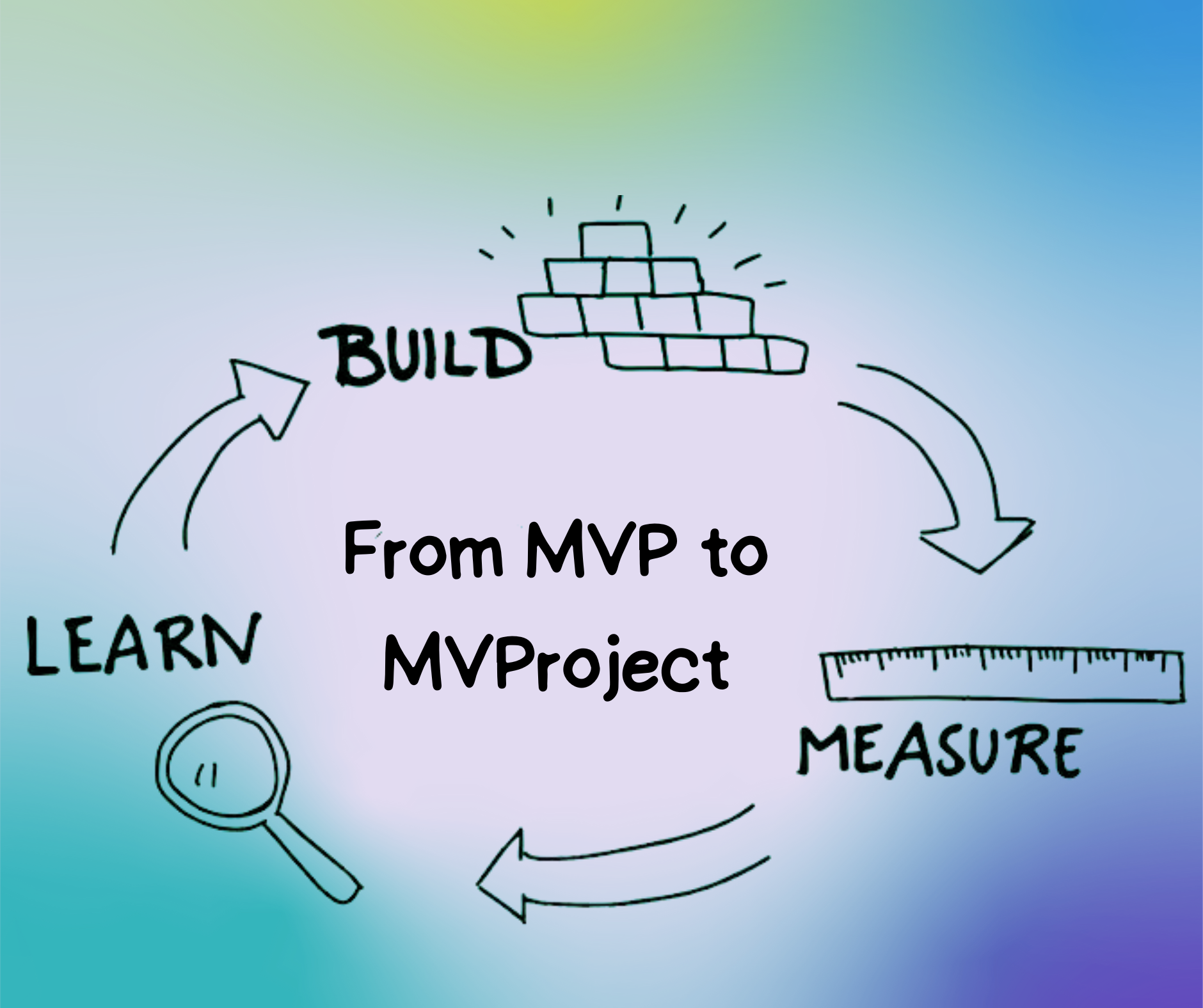You’ve probably heard the term “Minimum Viable Product” (MVP) thrown around in tech circles. It is a concept that has revolutionised how businesses approach product development. But what about projects? Can we apply the same principles to them? This was the question that got me curious to explore how the MVProduct concepts can be applied to MVProjects. I have been involved in numerous projects, and often you realise too late, when you have invested too much time and resources, that either it was not worth it, or it was not designed effectively.
Before we dive into MVPs for projects, let’s clarify the difference between a product and a project.
- Product: Something you can sell or licence. It has tangible value and generates revenue. think iPhone, or a new flavour of ice cream.
- Project: A temporary endeavour undertaken to create a unique product, service, or result. It has a defined beginning and end. Building a new office, or launching a marketing campaign are examples.
While both involve creating something new, products are often ongoing, while projects are time-bound.
Just like a Minimum Viable Product, a Minimum Viable Project (MVP) is a version of a project with just enough features to gather valid feedback from users. The key difference is that instead of customers, you’re gathering feedback from stakeholders, team members, and beneficiaries.
MVProject allows organisations to dip their toes into new initiatives without diving headfirst into the deep end. Think of it as a pilot episode of a TV show: you test the concept before committing to a full season. Though there is also a difference between an MVP and a Pilot. MVP: Focuses on testing the core concept and getting feedback on whether to move forward, pivot, or drop the idea, while Pilot: Often involves a larger-scale test under real-world conditions, closer to a full-scale launch.
The goal of an MVP is not to create a perfect final product, but to learn and iterate. Benefits of MVPs for Projects?
- Faster time-to-value: By focusing on the core elements of the project, you can deliver results and make adjustments quicker.
- Reduced risk: With a smaller scope, you minimise the risk of project failure and wasted resources.
- Increased flexibility: You can pivot or make changes based on early feedback without significant setbacks.
- Improved collaboration: The MVP approach fosters collaboration and shared ownership among team members.
How could you build Your Minimum Viable Project?
- Define the core objectives: What is the primary goal of your project? What problem are you really solving? This is what the MVProject would test
- Identify key stakeholders: Who will be impacted by the project? Who needs to be involved?
- Create a minimal deliverable: Focus on the essential elements that will provide value and gather feedback. Instead of focusing on a big transformation, start with one critical objective. Embrace the “Good enough” mindset. Perfect is the enemy of done. When Zappos wanted to test if people would buy shoes online, founder Nick Swinmurn didn’t build a complex e-commerce platform. He took photos of shoes at local stores and posted them online. When orders came in, he bought the shoes from the stores and shipped them out. Not elegant, but it proved the concept.
- Set a time box for the MVP: Break down the project into manageable phases with clear deliverables. Talking weeks, not months.
- Gather feedback, learn, adapt, repeat: The goal of an MVProject isn’t perfection; it’s learning. Regularly seek input from stakeholders to refine the project and ensure it meets their needs.
By applying the MVP mindset to your projects, you’ll be better equipped to deliver value, manage risks, and achieve your objectives more efficiently. So, the next time someone in your organisation suggests a massive, complex project, be the voice of reason. Ask, “What’s our MVProject version of this?” You might just become the hero who saves your organisation time, money, and headaches – all while delivering real value.
Once you start thinking in MVProject terms, you’ll see opportunities everywhere:
- Planning a conference? Start with a small, focused meetup.
- Considering a new product line? Test it with a limited-edition release.
- Want to write a book? Begin with a series of blog posts or a short e-book.
Remember, an MVProject isn’t about doing less; it’s about doing smart. It’s about finding the shortest path between your current state and new knowledge.
Do you have examples of Minimum Viable Projects that you can share? Kindly share them in the comments 🙂
